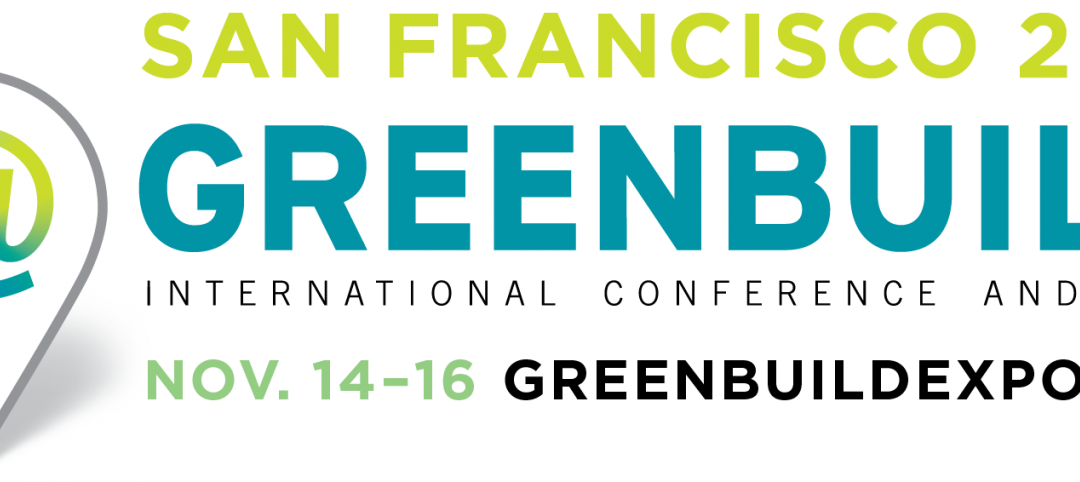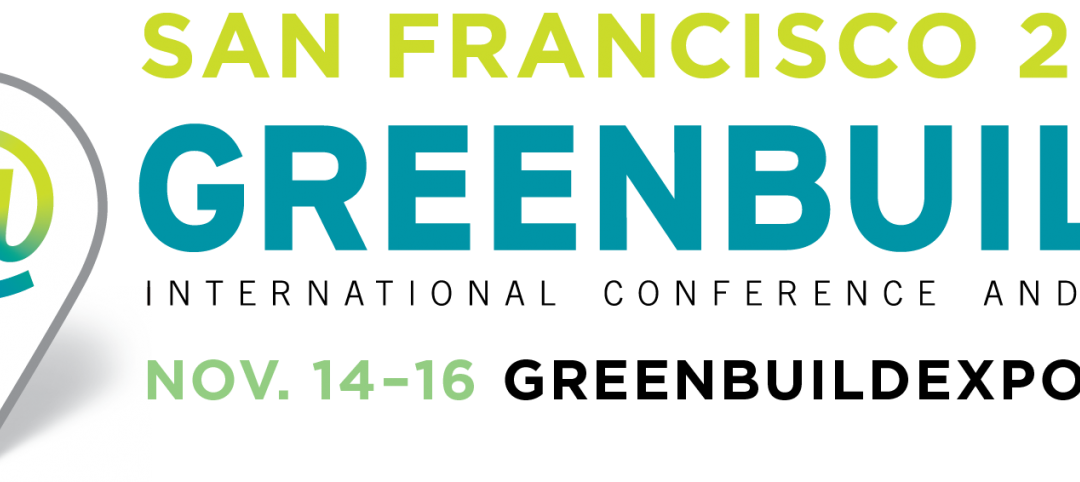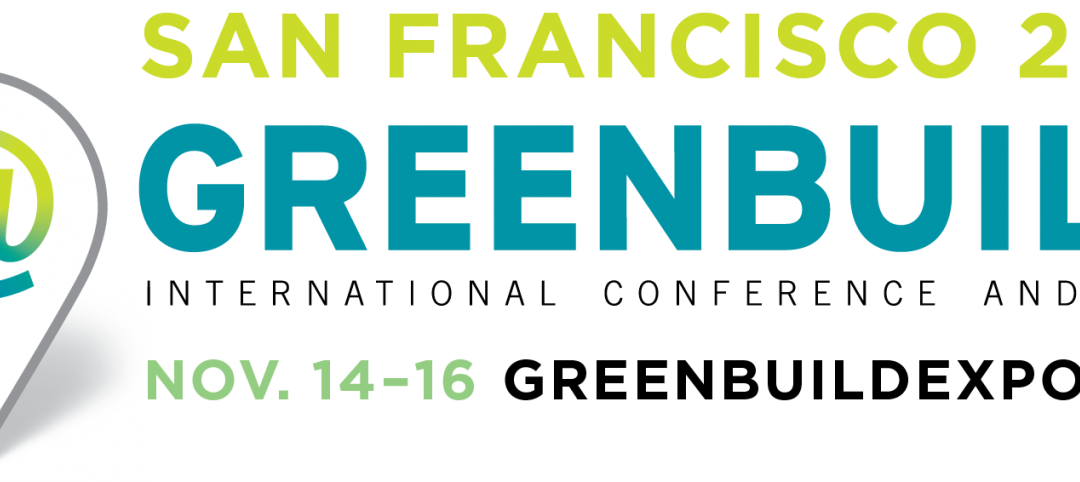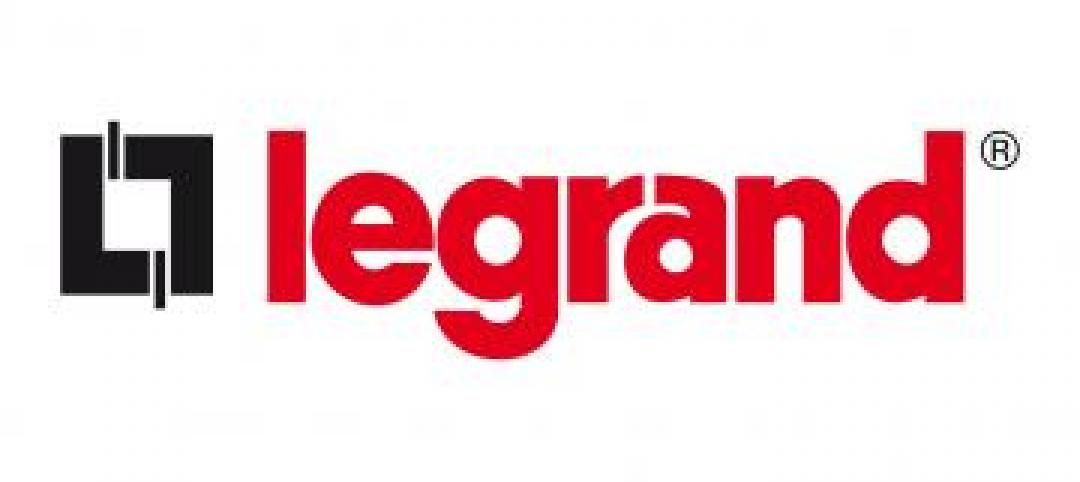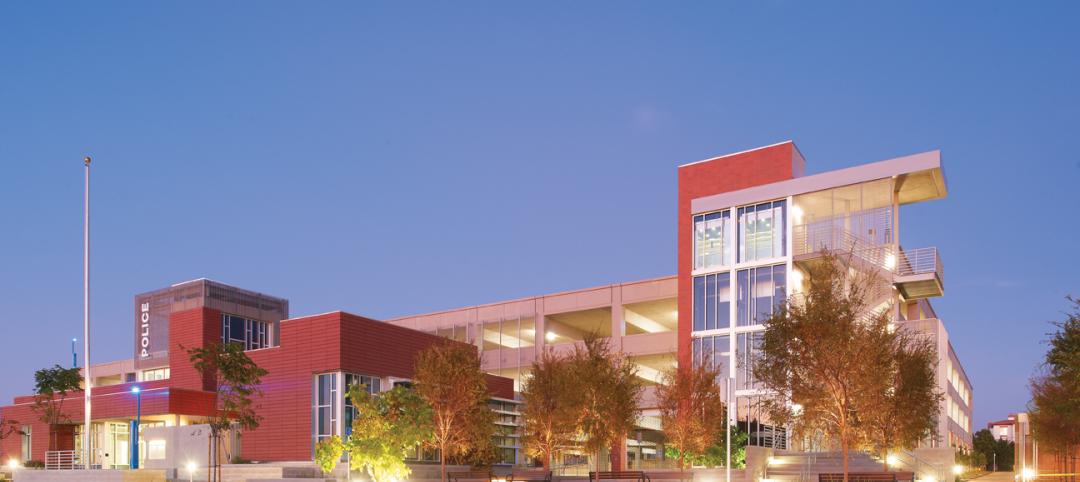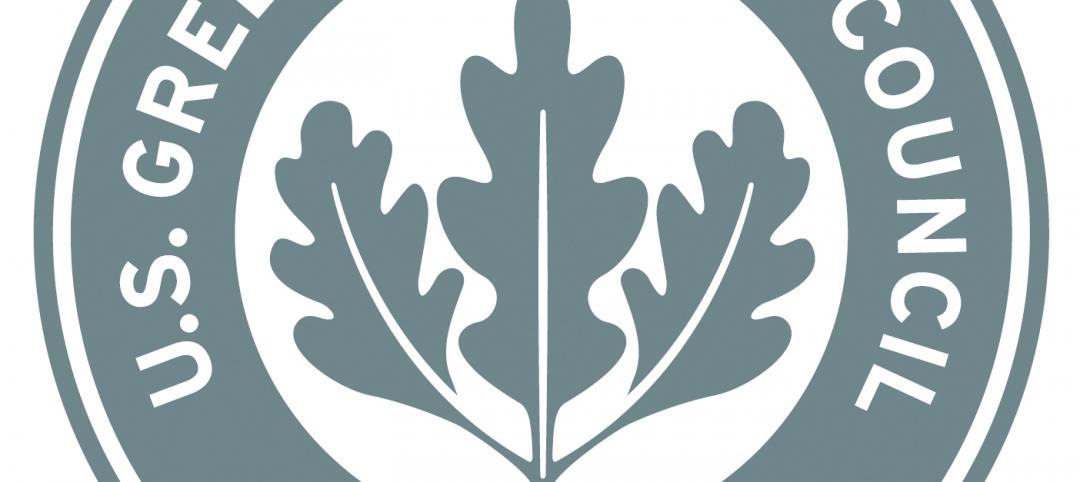With security and sustainability becoming critical factors in nonresidential construction, design sometimes takes a back seat on projects.
Case in point: New York City's second Public Safety Answering Center, known as PSAC II, which opened last June in the Bronx. The 450,000-sf facility, sitting on 8.75 acres along the Hutchinson River and Pelham Parkways, supplements PSAC I, located at the MetroTech Center in Brooklyn. The newer facility is set up to handle more than 11 million emergency 911 calls annually to the city’s police and fire departments.
As tall as a 24-story building, the cube-like PSAC II is a fortress protected by 15-inch-thick concrete walls, with a relatively limited number of windows for an edifice this size: 77 4x10-foot openings and 54 4x20-foot openings. There’s only one window on the west side of the facility, facing a train station. The main building’s overall window-to-wall ratio is 4%.
The windows and doors are blast- and tamper-proof. Computers, machinery, and mechanicals (often duplicated for security purposes) take up half the building’s floor space. Its 230 or so operators and dispatchers aren’t allowed to leave the building at any time during their work shifts, which sometimes last up to 14 hours.
“It was a challenge to take a vertical bunker and make it architecturally interesting, and a place where people working in a high-intensity environment could tolerate being inside of it,” recalls Gary Haney, FAIA, RIBA, Design Partner with Skidmore, Owings & Merrill. SOM, which also designed PSAC I, provided architectural services on the $800 million PSAC II. Jaros Baum & Bolles was the MEP Engineer, and Vidaris the sustainability consultant.
To make PSAC II something more than just a secure concrete box, SOM created what Haney describes as a “kind of camouflage” on the exterior with a sawtooth, two-color aluminum façade that has a “picket fence quality” and reflects sunlight.
 The plant wall is by CASE and Rensselaer Polytechnic Institute. Courtesy SOM/©Albert Vecerka|Esto.
The plant wall is by CASE and Rensselaer Polytechnic Institute. Courtesy SOM/©Albert Vecerka|Esto.
Working with landscape architect Thomas Balsley, FASLA, SOM further softened the building’s monolithic exterior by installing a wrap-around sculptural berm of wild grasses. Haney has described the berm as making the building appear to float. The berm also serves as security cover to help hide the facility, which has two floors underground and an attached entry pavilion. “When you view the berm from the inside, it creates an infinite landscape,” says Haney.
SOM laid out the building’s windows in an irregular pattern to give it design character. The firm paid particular attention to bringing natural light into the 50,000-sf, L-shaped call center, which has 30-foot-tall ceilings.
“We’ve gone back to the building almost every week since it opened, and what I’m most happy about is the amount of light that comes into the call center,” says Haney. “It’s a pleasant surprise.”
The same is true on the third floor, which is mostly office space. “From the inside, you hardly notice there aren’t a lot of windows,” he adds.
In order to fine-tune the mechanical systems, the project team took almost a year to commission the building. “That made a huge difference in controlling energy consumption,” says Haney. The effort helped PSAC II achieve LEED Gold certification.
The building earned LEED points for its use of a living wall in its lobby and cafeteria areas. The plant wall—developed by CASE, SOM’s design research laboratory, in partnership with Rensselaer Polytechnic Institute—acts as a natural air filter and a center of engagement for the building’s occupants.
“It became part of the idea of making the indoors more livable,” says Haney, who adds that the city was very receptive to including this design feature.
 Landscape architect Thomas Balsley Associates created the grass berm. Courtesy SOM/©Albert Vecerka|Esto.
Landscape architect Thomas Balsley Associates created the grass berm. Courtesy SOM/©Albert Vecerka|Esto.
Related Stories
| Nov 14, 2012
U.S. Green Building Council partners with Pearson
Partnership will help further USGBC’s mission by advancing green building education
| Nov 14, 2012
U.S. Green Building Council announces grant from Google to catalyze transformation of building materials industry and indoor health
Focus is on healthy building materials to promote indoor environmental quality and human health
| Nov 14, 2012
USGBC's Greenbuild International Conference and Expo kicks off in San Francisco
7,000 members of the green building industry convene for opening plenary headlined by "Morning Joe" co-hosts Mika Brzezinksi and Joe Scarborough
| Nov 13, 2012
Turner Construction’s green building Market Barometer reveals new findings on green building and certification
Respondents indicated a widespread commitment to sustainable practices
| Nov 12, 2012
Legrand Shares New Energy Savings Resources Aimed at Promoting Better Energy Management
Company Announces the First in a Set of Comprehensive Resources to Help Companies Take Steps to Improve Energy Performance
| Nov 11, 2012
Greenbuild 2012 Report: Higher Education
More and more colleges and universities see sustainainably designed buildings as a given
| Oct 3, 2012
Fifth public comment period now open for update to USGBC's LEED Green Building Program
LEED v4 drafts and the public comment tool are now available on the newly re-launched, re-envisioned USGBC.org website.



